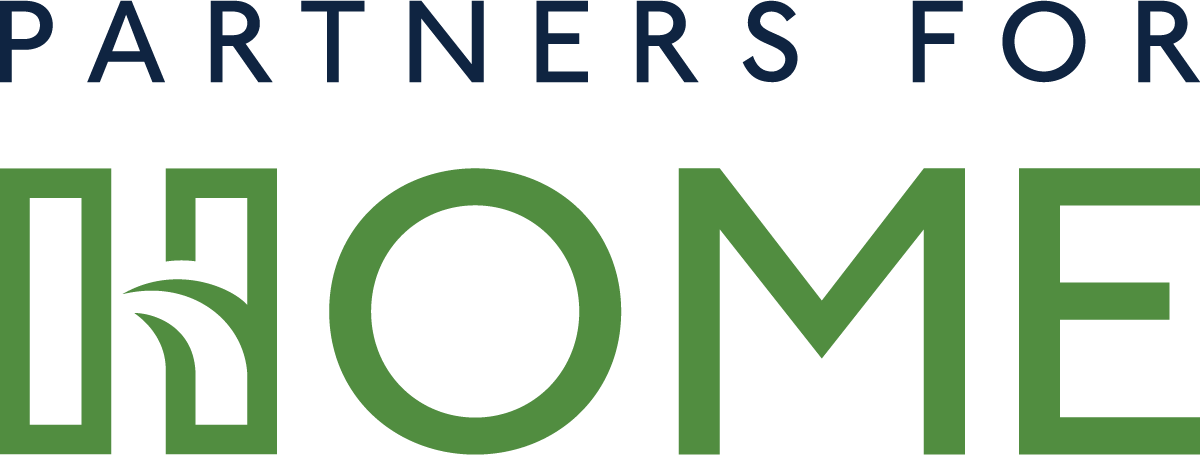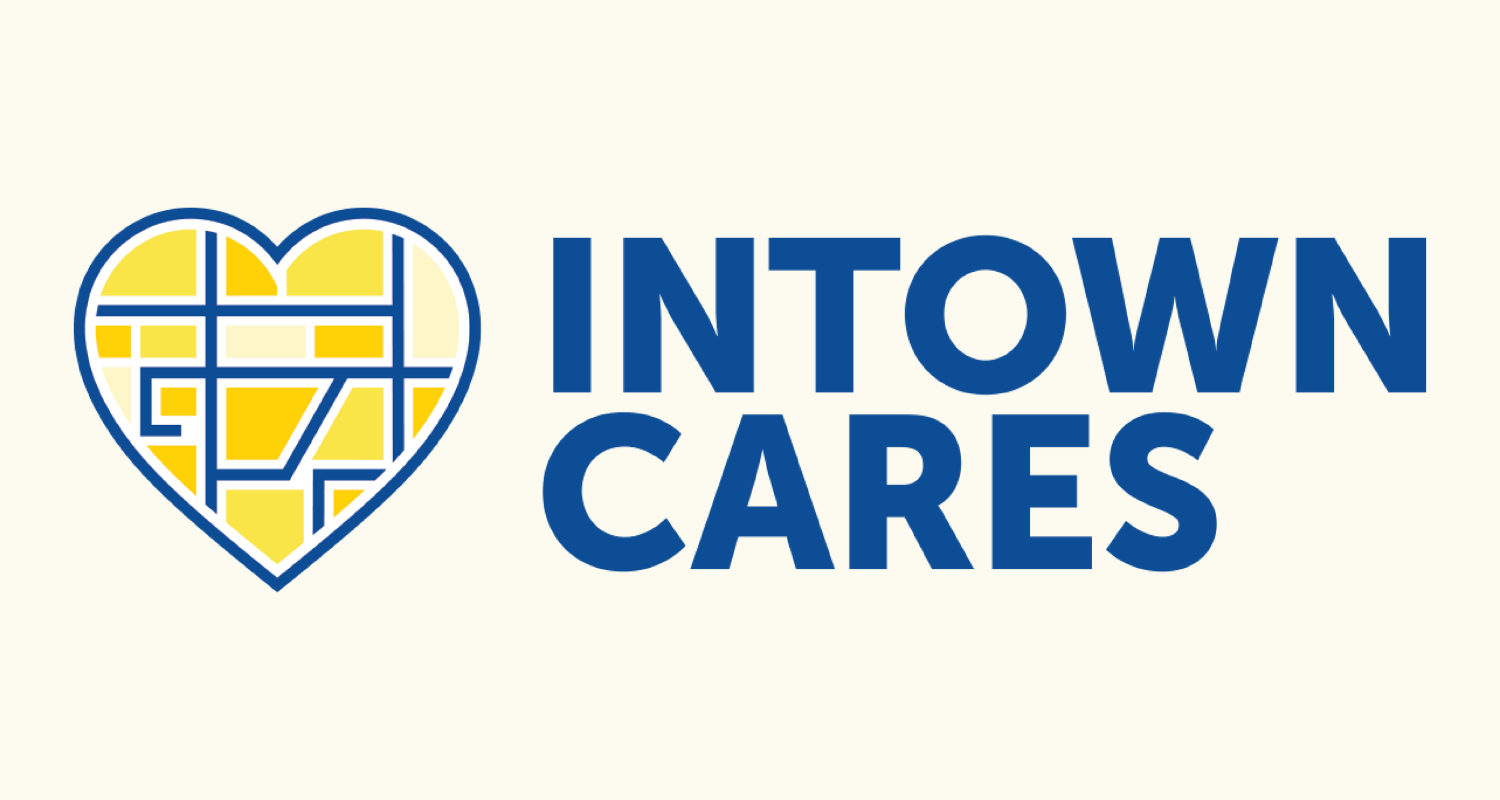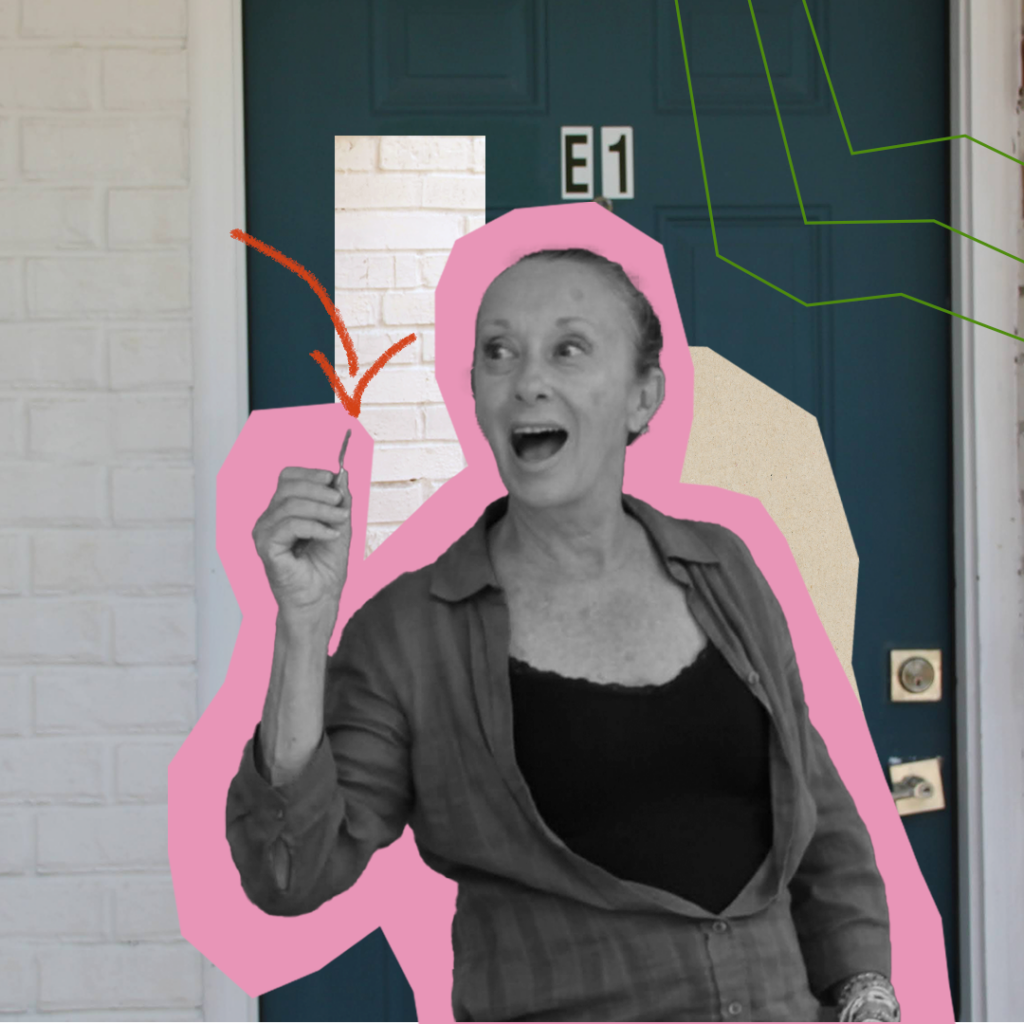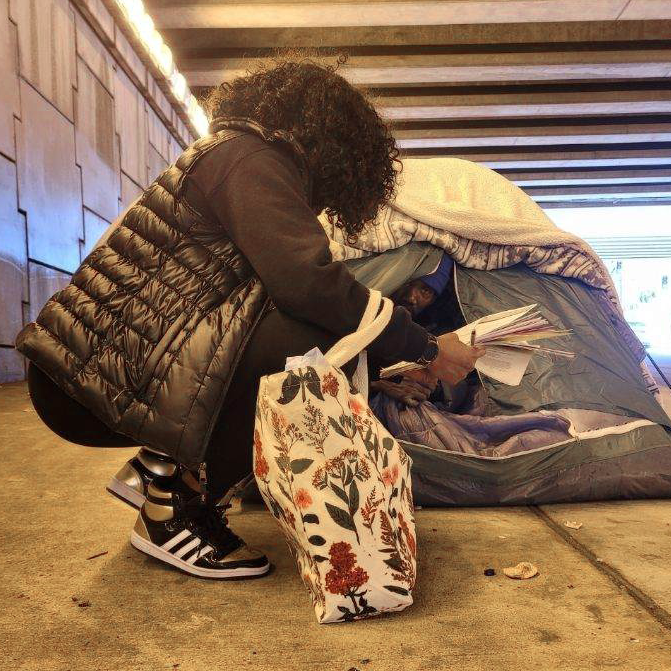Rachel Knowles, Housing Support Case Manager at Intown Cares, reflects on the challenges
and rewards of her role helping clients navigate the journey to housing as part of the LIFT 2.0
program. Read her “On the Ground” perspective below.
 “My role requires me to always be on the move. Most days, I am driving around checking on clients, transporting them to appointments for medical care, benefit applications, or to acquire important documents; and taking others to tour apartments. In many ways, I am the first emergency contact for my clients.
“My role requires me to always be on the move. Most days, I am driving around checking on clients, transporting them to appointments for medical care, benefit applications, or to acquire important documents; and taking others to tour apartments. In many ways, I am the first emergency contact for my clients.
I started off last year with a caseload of twenty-five clients. Twenty have moved into permanent housing. Two remain at our hotel partner awaiting placement. The others are in various stages of working through life situations, including long-term hospitalization and pre-trial incarceration – so they are not at the hotel but not housed either. ‘Never a dull moment’ best sums up my day-to-day outreach on the ground!
Since many of my clients have now transitioned from street to home, my focus is on supporting each of them with other needs to be a happy and healthy human being. That involves guidance in seeking mental health care, accessing food resources and benefits, and sourcing employment opportunities for individuals that can work. Some clients have never had a bank account or deposited a check. Others have not lived in an apartment for several years. I help with the basics of being self-sufficient and a good neighbor — remembering to be mindful of noise levels, taking out the trash, using a microwave, and smart grocery shopping.
Three months after moving in is the most rewarding milestone. It’s my favorite time. Personal belongings are in place. There may be artwork on the walls. It feels like home. You can see folks settle, calm down, and get comfortable. There is confirmation between client and case manager — spoken and unspoken — that we are committed to going the distance to ensure they remain housed.
That period is also a reminder that there are never enough resources. It is difficult for people with health insurance to access mental health care. Without insurance, it is a challenging process of locating care and accessing providers for clients who will treat them with the understanding of their life experiences. Transportation is also a barrier I need to help my newly housed clients overcome. It is hard for them to get around. Some travel back and forth for two hours because most of the affordable units are located outside of the perimeter in the suburbs.
Many individuals are often still getting oriented to MARTA bus routes. I wish more people understood that the answer and solution to homelessness is housing. People come up with so many other ideas and obstacles to focus on. We need more housing options that are affordable and low barrier.
More housing options mean more people off the streets and out of encampments. It means more welcome home celebrations for people like my 65-year-old client, Mr. O. After living in an encampment at Pryor Street for over a year, and outside for even longer, Mr. O moved into housing in February 2023. In the months since being housed he has reconnected to his community and to himself, in many ways. He receives social security retirement benefits. He is back in touch with a good friend from high school, and they often get together for lunch. His grandson can visit him from Philadelphia. He has applied to the housing voucher program through the Georgia Department of Behavioral Health and Developmental Disabilities. Like Mr. O, the end of the experience of chronic homelessness represents a new day for all my clients. It’s a new opportunity to live a beautiful life. That is why I continue to do this work.”



